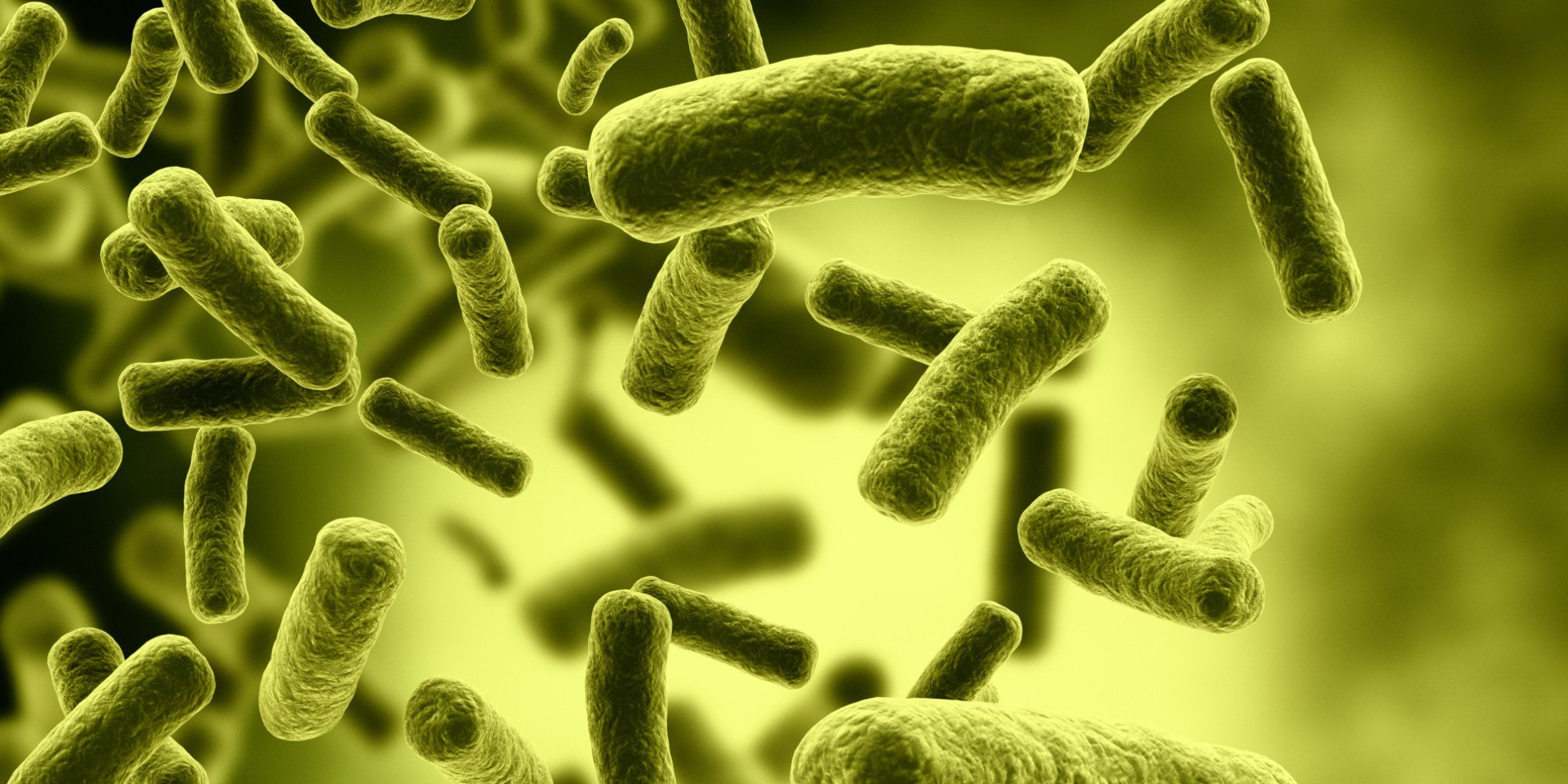
India is blessed with enormous aquatic resources.
In fact in a country like India, providing sustainable livelihood opportunities and food security for ever increasing rural population is perhaps the greatest national challenge, where aquaculture plays a pivotal role in meeting this challenge. As per UNO projection on population over the next 50 years, India will exceed China as the most populous country in the world and taking this alarming situation, we should assume agriculture along with aquaculture and livestock as the most appropriate farm activities and as a tool for poverty reduction, food security and overall rural development. So blue revolution can be a solution to feed this ever increasing population. Although aquaculture in India has shown a rapid progress during past few years but some major problems are hindering the progress path and disease being one of them. Hence for successful aquaculture we must ensure quality feed, good environment and disease free seeds and juveniles.
With intensification of aquaculture involving high stocking densities coupled with external inputs of feed and fertilizer, sometimes of doubtful quality, the fish farmer is now face to face with diseases of various kinds from protozoan to helminth parasites to fungal, bacterial and viral diseases and syndromes. This has resulted in increased use of chemicals and antibiotics that are anyway not a welcome addition to the human food through this important food chain. India suffered the worst disaster in mid eighties due to epizootic ulcerative syndrome (EUS) which lead to heavy mortality of fishes in ponds, tanks, rivers and reservoirs. The country again suffered a major setback again in brackish water aquaculture when the most valuable shrimp crops meant for export were lost in almost all maritime states particularly Andhra Pradesh. This was due to white spot syndrome and due to this a large number of farms were closed and farmers gave up shrimp farming which lead to decline in foreign exchange through shrimp farming. Fish and shellfish management have to be given their dues if the industry has to be sustainable and the farmers and entrepreneurs have to be making profits. Antibiotics have sometimes been used to reduce disease; however indiscriminate use has in some cases led to increased antibiotic resistance and problem of tissue residues and trade issues. There is a wide variety of vaccines available for other sectors but a very few in fisheries sector. The reason is very little research in fish pathology particularly in our country. So a question comes how to control disease? However, one measure that might be of assistance is the use of "probiotics". "Probiotics" generally includes bacteria, cyanobacteria, micro algae fungi, etc. Some Chinese researchers translate it into English as "Normal micro biota" or "Effective micro biota"; it includes Photosynthetic bacteria, Lactobacillus, Actinomycetes, Nitrobacteria, Denitrifying bacteria, Bifidobacterium, yeast, etc. Usually, it does not include micro algae. In English literature, probiotic bacteria are generally called the bacteria which can improve the water quality of aquaculture, and (or) inhibit the pathogens in water there by increasing production. "Probiotics", "Probiont", "Probiotic bacteria" or "Beneficial bacteria" are the terms synonymously used for probiotic bacteria. Probiotics are a cultured product or live microbial feed supplement, which beneficially affects the host by improving its intestinal balance and health of the host. The first probiotic discovered long time ago was Lactobacillus sp., the lactic acid producing bacteria.
CURRENT RESEARCH STATUS OF PROBIOTICS
Nogami and Maeda (1992) isolated a bacteria strain from a crustacean culture pond. The bacterial strain was found to improve the growth of crab (Portunus trituberculatus) larvae and repress the growth of other pathogenic bacteria, especially Vibrio spp., but would not kill or inhibit useful micro algae in sea water when it was added into the culture water. Among the bacteria population present in the culture water of the crab larvae, the numbers of Vibrio spp. and pigment bacteria decreased or even became undetectable when the bacteria was added into culture water. The production and survival rate of crab larvae were greatly increased by the addition of the probiotic bacteria into the culture water. They also suggested that the bacterium might improve the physiological state of the crab larvae by serving as a nutrient source during its growth. This bacterium may have a good effect in the crab larval culture as a biocontrolling agent in the future.
Austin et al (1992) reported a kind of micro algae (Tetraselmis suecica), which can inhibit pathogenic bacteria of fish. Teraselmis suecica was observed to inhibit Aeromonos hydrophila, A. salmonicida, Serrstia liquefaciens, Vibrio anguillaram, V. salmonicida and Yersnia ruckeri type I. When used as a food supplement, the algal cells inhibited laboratory-induced infection in Atlantic salmon. When used therapeutically, the algal cells and their extracts reduced mortalities caused by A. salmonicida, A. liquefaciens, V. anguillaram, V. salmonicida and Yersnia ruckeri type I. They suggested that there may be some bioactive compounds in the algal cells, and there appears to be a significant role for Tetraselmis in the control of fish diseases.
Smith and Davey (1993) reported that a fluorescent strain pseudomonad bacteria can competitively inhibit the growth of fish pathogen A. salmonicida. Their results show that the fluorescent pseudomonad is capable of inhibiting the growth of A. salmonicida in culture media and that this inhibition is probably due to competition for free iron. In a challenge test of the Atlantic salmon by A. salmonicida, a statistically significant reduction in the frequency of stress-induced infection in the group of fish bathed in the bacterium fluorescent pseudomonad compared to the control group was observed.
Austin et al (1995) reported a probiotic strain of Vibrio alginolyticus, which did not cause any harmful effect in salmonids. By using the cross-streaking method, the probiont was observed to inhibit the fish pathogens.When the freeze-dried culture supernatant was added to the pathogenic bacteria such as V. ordalii, V. anguillarum,A. salmonicida and Y. ruckeri, showed a rapid or steady decline in the number of culturable cells, compared to the controls. Their results indicated that application of the probiont to Atlantic salmon culture led to a reduction in mortalities when challenged with A. salmonicida and to a lesser extent V. anguillarum and V. ordalii. The observation with this probiotic Vibrio is encouraging, and it appears that there is tremendous potential for the use of such probiotics in aquaculture as part of a disease control strategy.
Maeda and Nagami (1989) reported some aspects of the biocontrolling method in aquaculture. In their study bacterial strains possessing vibrio static activity which improved the growth of prawn and crab larvae were observed. By applying these bacteria in aquaculture, a biological equilibrium between competing beneficial and deleterious microorganisms was produced, and results show that the population of Vibrio spp., which frequently causes large scale damage to the larval production, was decreased. Survival rate of the crustacean larvae in these experiments showed much higher than those without the addition of bacterial strains. They hope that addition of these strains of bacteria will repress the growth of Vibrio spp., fungi and other pathogenic microorganisms. Their data suggest that controlling the aquaculture ecosystem using bacteria and protozoa is quite possible and if this system is adopted, it will maintain the aquaculture environment in better condition, which will increase the production of fish and crustaceans.
Garriques and Arevalo (1995) reported that the use of V. alginolyticus as a probiotic agent may increase survival and growth in P. vannamei postlarvae by competitively excluding potential pathogenic bacteria, and can effectively reduce or eliminate the need for antibiotic prophylaxis in intensive larvae culture system. They believe that in nature a very small percentage of Vibrio sp. is truly pathogenic, and the addition of potentially pathogenic bacteria to aquaculture system through water, algae, and/or Artemia was recognized. In their study, the addition of the bacteria V. alginolyticus as a probiotic to mass larvae culture tanks resulted in increased survival rates and growth over the controls and the antibiotic prophylaxes.
Jiravanichpaisal and Chuaychuwong et al (1997) reported the use of Lactobacillus sp. as the probiotic bacteria in the giant tiger shrimp (P. monodon Fabricius). They designed to investigate an effective treatment of Lactobacillus sp. against vibriosis and white spot diseases in P. monodon. They investigated the growth of some probiotic bacteria, and their survival in the 20 ppt sea water for at least 7 days. Inhibiting activity of twoLactobacillus sp. against Vibrio sp., E. coli, Staphylococcus sp. and Bacillus subtilis was determined.
Direkbusarakom and Yoshimizu et al (1997) reported Vibrio spp. which dominate in shrimp hatchery against some fish pathogens. Two isolates of Vibrio spp. which are the dominant composition of the flora in shrimp hatchery, were studied for antiviral activity against infectious haematopoietic necrosis virus (IHNV) and Oncorhynchus masou virus (OMV). Both strains of bacteria showed the antiviral activities against IHNV and OMV by reducing the number of plaque.Their results demonstrate the possibility of using the Vibrio flora against the pathogenic viruses in shrimp culture.
Sugita and Shibuga (1996) reported the antibacterial abilities of intestinal bacteria in freshwater cultured fish. They isolated bacteria from the intestine of 7 kinds of freshwater cultured fish, and investigated the antibacterial abilities of these bacteria to 18 fish or human common pathogenic bacteria. Their results indicated that the bacteria isolated from intestine of 7 kinds of freshwater cultured fish possess the antibacterial abilities, and the presence of the intestinal bacteria can protect the fish against the infection by pathogenic bacteria.
Maeda and Liao (1992) reported on the effect of bacterial strains obtained from soil extracts on the growth of prawn larvae of P. monodon. Higher survival and molt rates of prawn larvae were observed in the experiment treated with soil extract, and the bacterial strain which promoted the growth of prawn larvae was isolated. They have assumed that if a specific bacterium is cultured and added to the prawn ecosystem to the level of 10 million cell/ml, other bacteria may hardly inhibit the same biotype because of protozoan activity which shall be one of the way to biologically control the aquaculture water biotype and ecosystem.
Maeda and Nogami et al (1992) have reported the utility of microbial food assemblages in culturing a crab, Portunus trituberculatus. Assemblages of microorganisms were produced by adding several nutrients, urea, glucose and potassium phosphate, to natural seawater with gentle aeration in which bacteria and yeast were prevailing. When these cultured microbes were added to sea water where crab larvae of Portunus trituberculatus were reared, bacteria numbers decreased very rapidly, followed by the decrease in flagellated protozoa and diatoms. Their results suggest that the crab larvae fed on these microorganisms successively. They found some strains of bacteria promoted larval growth, although yeasts did not support its growth. By adopting these assemblages of microorganisms a high yield was obtained for a prawn larva P. japonicus, although the success was not always consistent.
Douillet and Langdon (1994) have reported use of probiotics for the culture of larvae of the Pacific oyster (Crassostrea gigas Thunbeerg). They added probiotic bacteria as a food supplement to xenic larval cultures of the oyster Crassostrea gigas which consistently enhanced growth of larvae during different seasons of the year. Probiotic bacteria were added, at 0.1 million cells/ml, to cultures of algal-fed larvae, the proportion of larvae that are set to produce spat, and subsequently the number of spat increased. Manipulation of bacterial population present in bivalve larval cultures is a potentially useful strategy for the enhancement of oyster production. They suggest that the mechanisms of the action of probiotic bacteria are providing essential nutrients that are not present in the algal diets or improving the oyster's digestion by supplying digestive enzymes to the larvae or removing metabolic substances released by bivalves or algae.
Maeda and Liao (1994) have reported microbial processes in aquaculture environment and their importance in increasing crustacean production. They suggested that based on the photosynthesis of micro algae mainly, it was clarified that bacteria, protozoa and other microorganisms from microbial food assemblages use the organic matter produced by the algae and that these assemblages play a significant role in the aquatic food chain. The growth of the larvae and their production were markedly promoted by the probiotic bacteria. In their paper, they also described the presence of a bacterial clump, stained with a fluorescent dye, inside the digestive organ of the crab Portunus trituberculatus.
In China, the studies on probiotics in aquaculture were focused on the photosynthetic bacteria. Qiao Zhenguo et al (1992) have studied three strains of photosynthetic bacteria used in prawn (P. chinensis) diet preparation and their effect. Addition of the photosynthetic bacteria in the food or culture water was found to improve the growth of the prawn and the quality of the water.
Cui Jingjin et al (1997) have reported on the application of photosynthetic bacteria in the hatchery rearing of P. chinensis. They used a mixture of several kinds of photosynthetic bacteria (Rhodomonas sp. ) as water cleaner and auxiliary food. Their results showed that the water quality of the pond treated with the bacteria was remarkably improved, the fouling on the shell of the larvae was reduced, the metamorphosis time of the larvae was 1 day or even earlier, and the production of post-larvae was more than that of the control.
Wang Xianghong et al (1997) have done some research work on probiotic bacteria in shrimp aquaculture. On the basis of studies on intestinal micro flora of wild adult shrimp P. chinensis, they have chosen some probiotic bacteria from shrimp intestinal flora. When the two probiotic bacterial strains were added to the larval culture water, the survival rate, the abilities of disease resistence and low salinity tolerance were improved; average body length and weight were increased. In addition, the probiotic bacteria, when added to the larval culture water was found not to influence the total bacterial number and water quality of the sea water. They also found that some probiotic bacteria can produce some digestive enzymes; these enzymes may improve the digestion of shrimp larvae, thus enhancing the ability of stress resistance and health of the larvae.
Mechanism of action of the probiotic bacteria
The mechanism of action of the probiotic bacteria has not been studied systematically. According to some recent publications, in the aquaculture the mechanism of action of the probiotic bacteria may have several aspects.
1.Probiotic bacteria may competitively exclude the pathogenic bacteria or produce substances that inhibit the growth of the pathogenic bacteria.
2. Provide essential nutrients to enhance the nutrition of the cultured animals.
3. Provide digestive enzymes to enhance the digestion of the cultured animals.
4. Probiotic bacteria directly uptake or decompose the organic matter or toxic material in the water improving the quality of the water.
Chinese researchers have done some studies on the probiotic bacteria to improve the shrimp culture water, and achieved remarkable results (Li Zhuojia et al 1997). For example, when photosynthetic bacteria was added into the water, it could eliminate the NH3-N, H2S and organic acids, and other harmful materials rapidly, improve the water quality and balance the pH. The heterotrophic probiotic bacteria may have chemical actions such as oxidation, ammoniafication, nitrification, denitrification, sulphurication and nitrogen fixation. When these bacteria were added into the water, they could decompose the excreta of fish or prawns, remaining food materials, remains of the plankton and other organic materials to CO2, nitrate and phosphate. These inorganic salts provide the nutrition for the growth of micro algae, while the bacteria grow rapidly and become the dominant group in the water, inhibiting the growth of the pathogenic microorganisms. The photosynthesis of the micro algae provide dissolved oxygen for oxidation and decomposition of the organic materials and for the respiration of the microbes and cultured animals. This kind of cycle may improve the nutrient cycle, and it can create a balance between bacteria and micro algae, and maintaining a good water quality environment for the cultured animals.
The feasibility and future of the application of probiotics in aquaculture
Based on the previous research results on probiotics we suggest that the use of probiotic bacteria in aquaculture has tremendous scope and the study of the application of probiotics in aquaculture has a glorious future. At present, the probiotics are widely applied in United States of America, Japan, European countries, Indonesia, India and Thailand, with commendable results. The probiotics have become commodities in some countries, for example, the Alken-Murray Corporation and American Standard Products company of United States of America and the company of Japan have their probiotics products. The study may create a new field of industrial products, like the industrial fields of aquaculture product processing and Aquacultural food processing.
China is a large country in aquaculture, but the application and development of the probiotics in Chinese aquaculture is very meager when compared to other countries. In recent years, the diseases of shrimps hindered the development of shrimp culture. The Chinese government has realized the economic value and potential social benefits of the application of probiotics in aquaculture, and has, recently, paid more attention to the study and development of probiotics in aquaculture. Thus the government has increased the research funds for it. Probiotics principally inhibit the growth and decrease the pathogenicity of the pathogenic bacteria, enhance the nutrition of the aquacultured animals, improve the quality of the aquaculture water and decrease the use of antibiotics and other chemicals; thus decreasing environmental contamination by the residual antibiotics and chemicals. This benefit of probiotics will be long lasting, and the application of probiotics will become a major field in the development of aquaculture in the future.
Application of Probiotics in Aquaculture
During the past 20 years, aquaculture industry has been growing tremendously, especially that of marine fish, shrimps and bivalves. But, as with many other industries, this rapid growth has brought with it the problem of environmental pollution. Contamination of coastal waters due to aquaculture is posing serious concerns among law makers as well as scientists. The coastal environment has been seriously damaged, often resulting in disease outbreaks. Recently, shrimp culture all over the world has been frequently affected by viral and bacterial diseases inflicting huge loss. In China, the production of shrimps decreased seriously. The production of shrimps was 200,000 tons in 1992, but was only 55,000 tons in 1994. Pathogenic microorganisms implicated in these outbreaks were viruses, bacteria, rickettsia, mycoplasma, algae, fungi and protozoan parasites. For preventing and controlling diseases, a host of antibiotics, pesticides and other chemicals were used possibly creating antibiotic resistant bacteria, persistence of pesticides and other toxic chemicals in aquatic environment and creating human health hazards. Thus, how to improve the ecological environment of aquaculture has become the focus of attention of international aquaculture.
Now, researchers are trying to use probiotic bacteria in aquaculture to improve water quality by balancing bacterial population in water and reducing pathogenic bacterial load. Researchers are increasingly paying more attention to this new approach (ecological aquaculture), and have made considerable headway. This review, on the basis of the new research findings in probiotics applied to aquaculture, analyze and summarize the mechanism of probiotic action in aquaculture.
Refrences
Austin, B., E. Baudet & M. stobie, 1992. Inhibition of bacteria fish pathogens by Tetraselmis suecica. Journal of Fish Dieases. 15:53-61.
Austin, B., L. F. Stuckey, P. A. W. bertson, I. Effendi, and D. R. W. Griffith, 1995. A probiotic strain ofVibrio alginoyticus effective in reducing diseases caused by Aeromonas salmoniioda. Vibrio anguillarum andVibrio ordalii. Journal of Fish Diseases 18:93-96.
Direkbusarakom, S., M Yoshimizu, Y. Ezura, L. Ruangpan and Y. Danayadol. 1997. Vibrio spp. the dominant flora in shrimp hatchery against some fish pathogens. Poster session of the 2nd Asia-Pacific marine biotechnology conference and 3rd Asia-pacific conference on algal biotechnology. 7-10 May 1997 Phuket Thailand. P14.
Douillet, P. A., and C. J. Langdon, 1994. Use of a probiotic for the culture of larvae of the pacific oyster (Crassostrea gigas Thunberg). Aquaculture 119: 25-40.
Garriques, D., and G. Arevalo, 1995. An evaluation of the production and use of a live bacterial isolate to manipulate the microbial flora in the commercial production of Penaeus vannzamei postlarvae in Ecuador. C. L. Browdy and J. S. Hopkins, editors. Swimming through troubled water, proceedings of the special session on shrimp farming. World Aquaculture Society. P 53-59.
Hameed, A. S S., 1993. A study of the aerobic heterotrophic bacteria flora of hatchey-reared eggs, larvae and post-larvae of Penaeus indicus. Aquaculture 117: (195-204).
Hagiwara. A., K. Hamada, S. Hori, and K. Hirayama, 1994. Increased sexual reproduction in Brachionus plicatlis (Rotifera) with the addition of bacteria and rotifer extracts. Journal of Experiment Marine Biology and Ecology. 181: 1-8.
Igarashi, M. A., J. Kittaka, and E.Kawahara, 1990. Phyllosoma culture with inoculation of marine bacteria. Nippon suisan Gakkaishi 56(11):1781 -1786
Jiravanichpaisal P., P. Chuaychuwong and P. Menasveta. 1997. The use of Lactobacillus sp. as the probiotic bacteria in the giant tiger shrimp (Penaeus monodon Fabricius). Poster session of the 2nd Asia-Pacific marine biotechnology conference and 3rd Asia-pacific conference on algal biotechnology. 7-10 May 1997 Phuket Thailand. P16 .
Maclean, M. H., K. J. Ang, J. H. Brown, K. Jauncey, and J. C. Fry, 1994. Aquatic and benthic bacteria responses to feed and fertiliser applicataion in trials with the freshwater prawn, Macrobrachium rosenbergii(de Man). Aquaculture, 120: 81-93
Maeda, M., and K. Nogami, 1989. Some aspects of the biocontrolling method in aquaculture. Current topics in marine biotechnology, Japan. Soc. Mar. Biotechnol. Tokyo.395-397.
Maeda, M., K. Nogami, and N. Ishibash, 1992. Utility of microbial food assemblages for culturing a crab.Portunus trituberculatus. Aquaculture 21:31-38
Maeda, M., and I. C. Liao, 1992. Effect of bacterial population on the growth of a prawn larva, Penaeus monodon. Aquaculture 21: (25-29).
Maeda, M., and I. C. Liao, 1992. Effect of bacterial population on the growth of a prawn larva, Penaeus monodon. Aquaculture 21: (25-29)
Maeda, M., nd I. C. Liao, 1994. Microbial processes in aquaculture environment and their importance for increasing crustacean production. JARQ 28(4): 283-288.
Moriarty, D. J. W. 1997. Managing microbial in aquaculture with probiotic bacteria: biotechnology for sustainable aquaculture. Poster session of the 2nd Asia-Pacific marine biotechnology conference and 3rd Asia-pacific conference on algal biotechnology. 7-10 May 1997 Phuket Thailand. 40
Nogami, K, and M. Meada, 1992.Bacteria as biocontrol agents for rearing larvae of the Crab Portunus trituber Culatus. Canadian Journal of fisheries and aquatic sciences. 4.9: (2373-2376)
Smith, D., and S. Davey, 1993. Evidence for the competitive exclusion of Aeromonas Salmenicida from fish with stress-inducible furrnculosis by a fluorescent pseudomonad. Journal of fish disease. 16: 521-524.
Sugita H., Ahibuya K. 1996, Antibacterial abilities of intestinal bacteria in freshwater cultured fish. Aquaculture, 145(1/4): 195-203.
Ukeles. R., and J. Bishop, 1975. Enhancement of phytoplankton growth by marine bacteria. Journal of phycology 11: 142-149.
Sugita. H. Shibuya K. 1996. Antibacterial abilities of intestinal bacteria in freshwater cultured fish. 145 (1/4) 195-203
Qiao. Zhenguo, Tang. Ruiying and Huang Ningyu et al. 1994. Three strains photosynthetic bacteria applied for Prawn diet and their cultural effect. Marine Science. (in Chinese)2:4-7.
Li zhoujia. Zhang Qing. and Yang Huaquan. 1997 The affect of the probiotics to the shrimp ponds. Aquaculture of China (in Chinese). 5:30-31.
Cui Jingjin, Ding Meili and Sun Wenlin et al, 1997. The application of the Photosynthetic bacteria in the production of the shrimp larva culture. Journal of Ocean University of Qingdao (in Chinese). 27(2):191-194.
25 Wang Xianghong et al, 1997. The isolation and screening of the probiotic bacteria in the intestine of wild adult shrimp (Penaeus chenesis) and its effect to the shrimp larvae. (In press).
Faculty of Fisheries, Sher-e-Kashmir University of Agricultural Science and Technology - Kashmir
*Corresponding author Email [email protected] [email protected]@gmail.com.
Source: Sajid Maqsood*, Prabjeet Singh, Munir Hassan Samoon and Gohar Bilal Wani Faculty of Fisheries


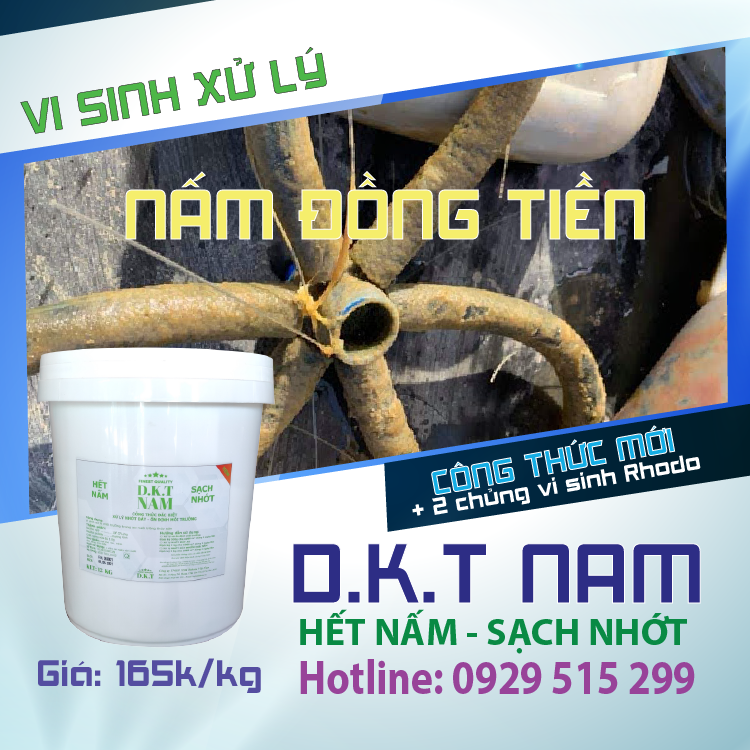

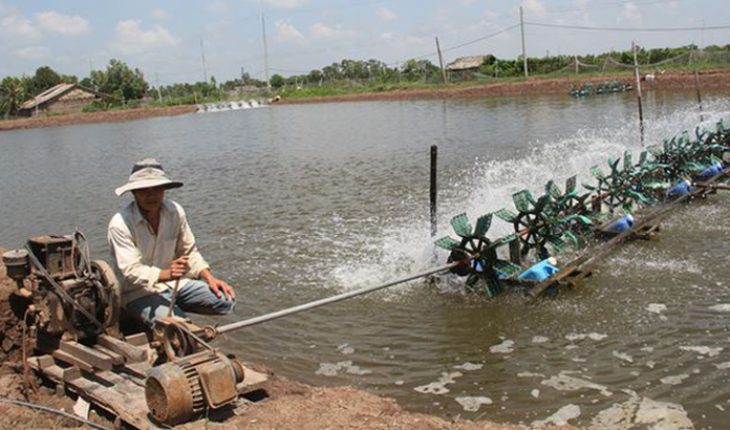
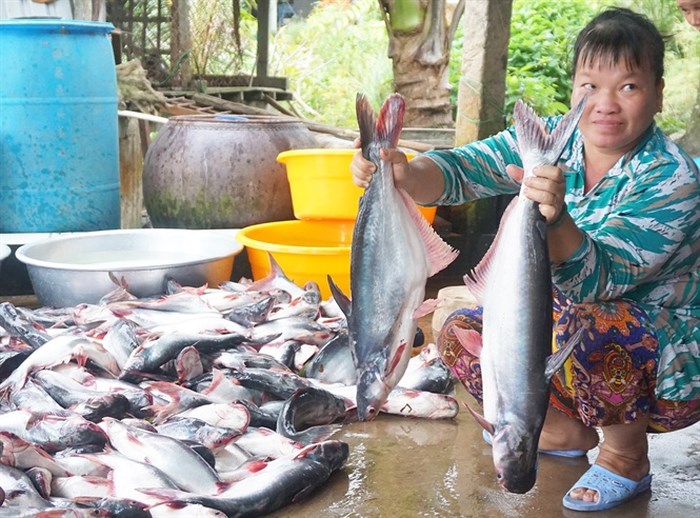
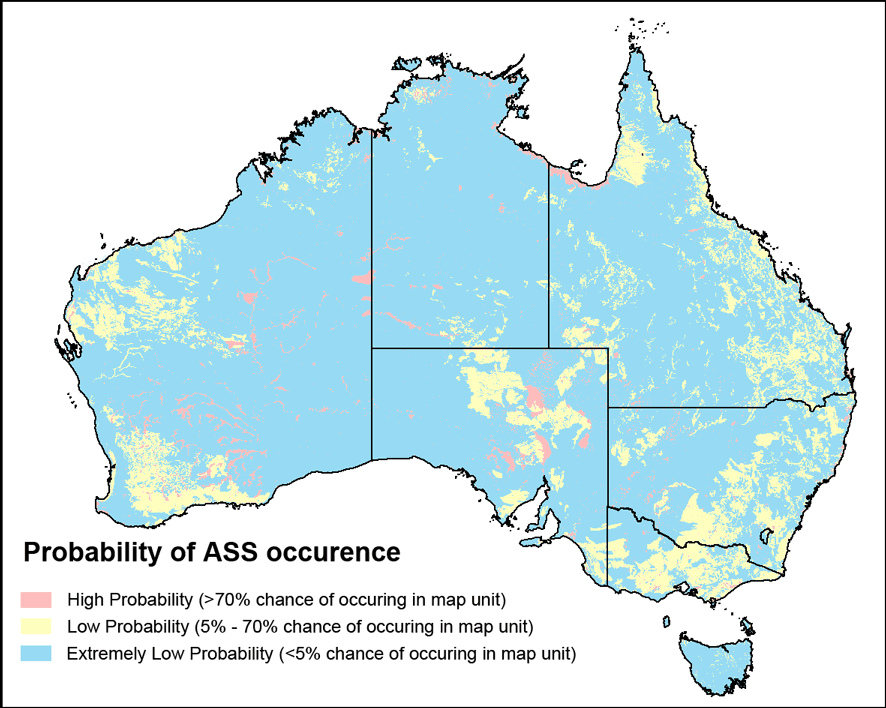
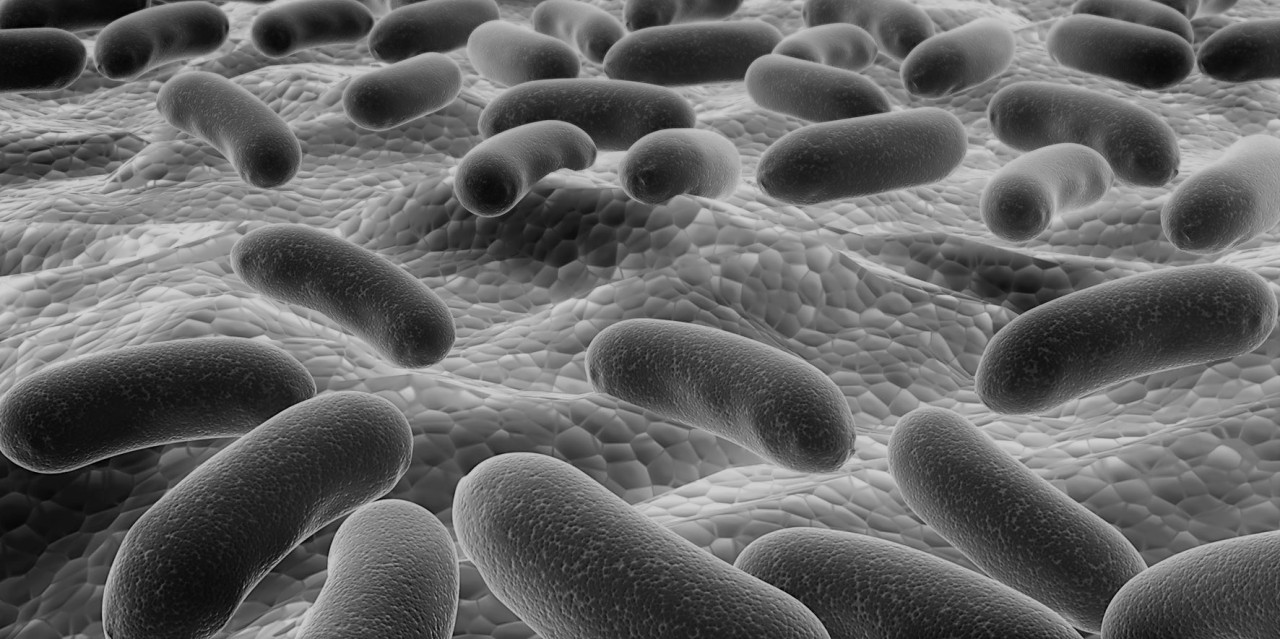

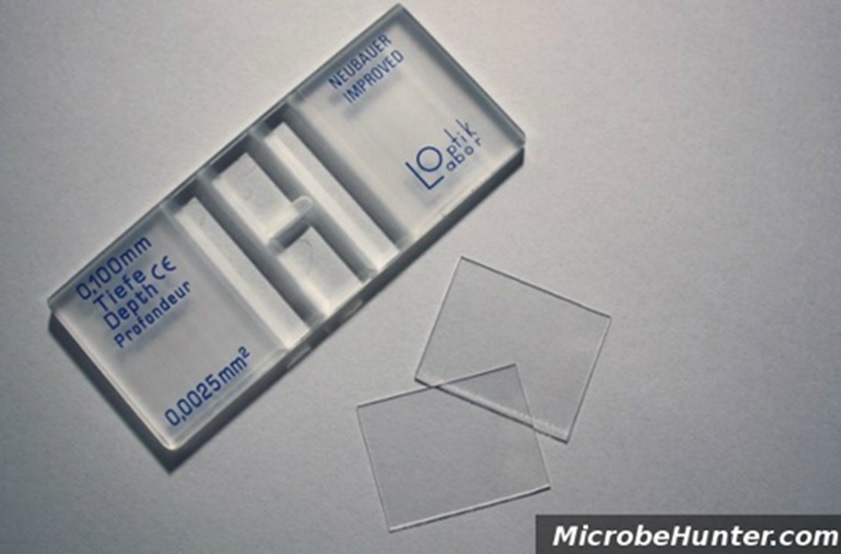
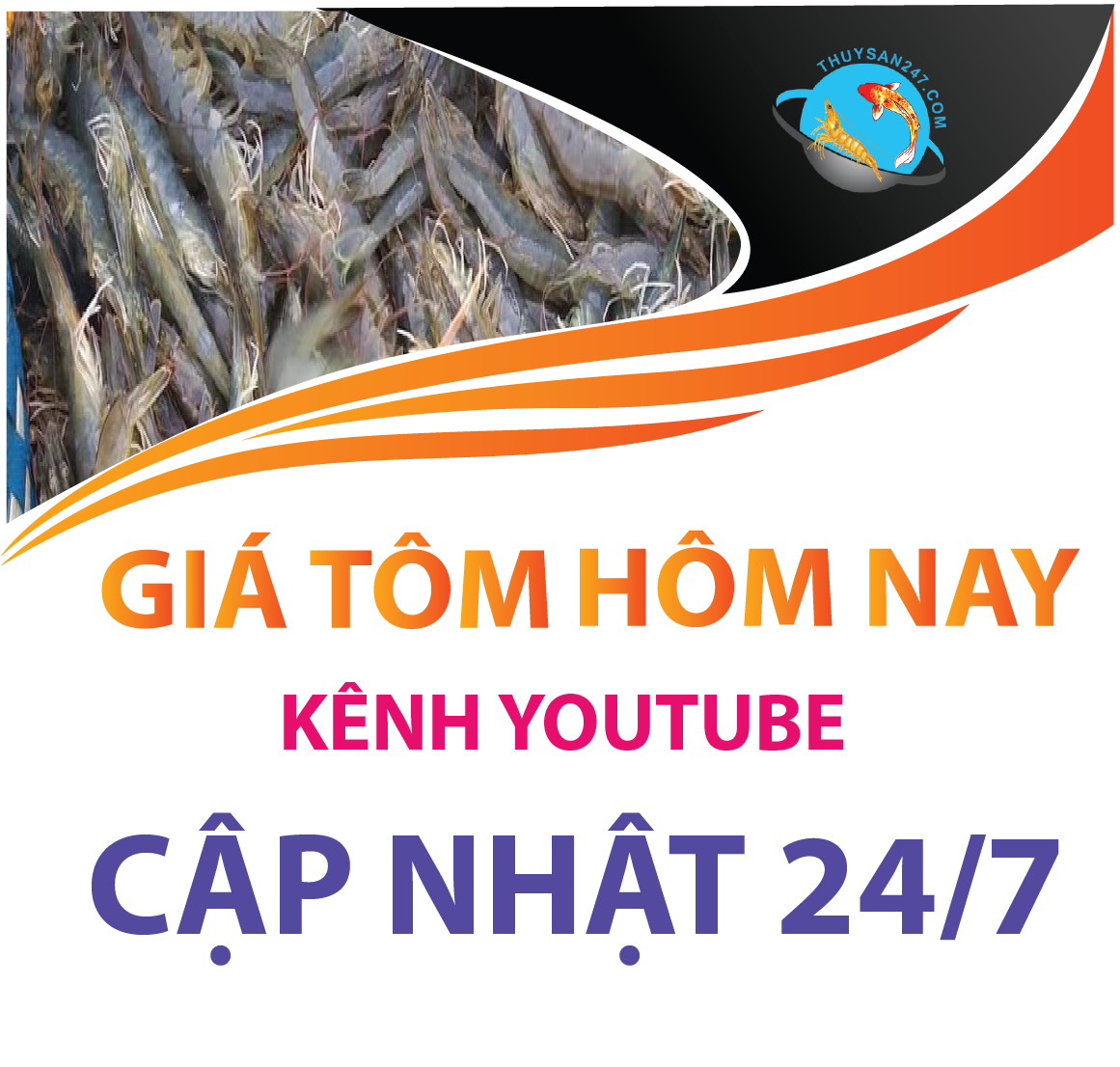
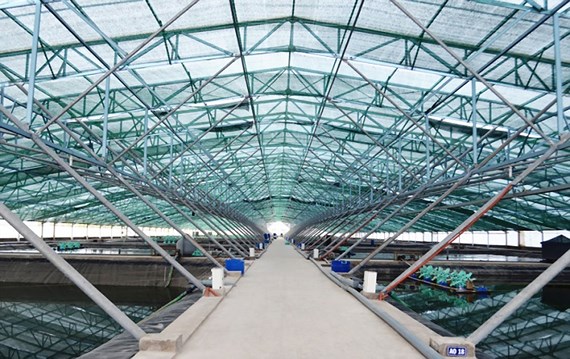

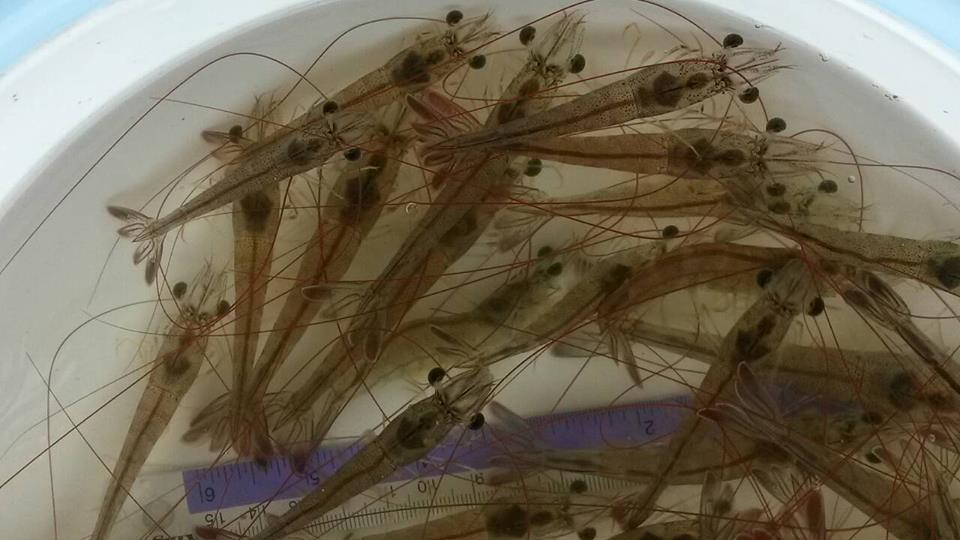
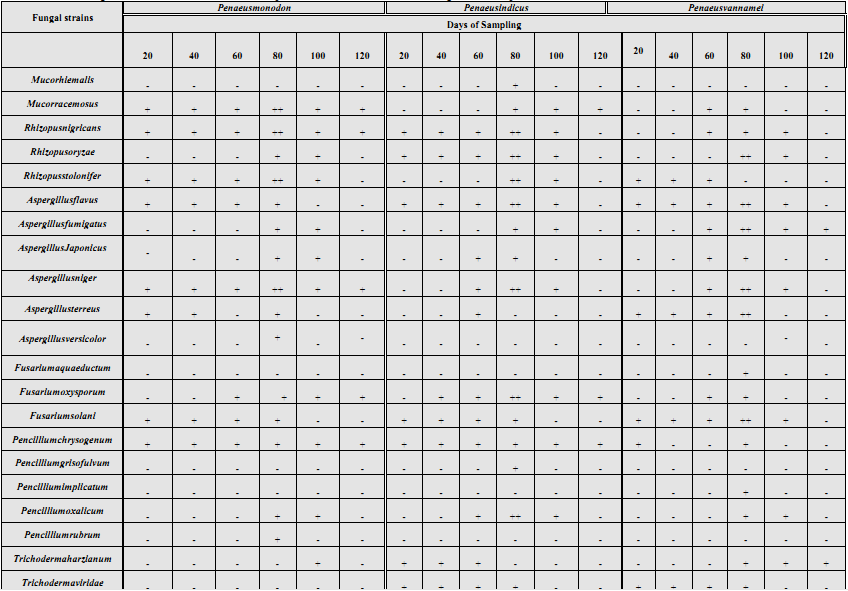
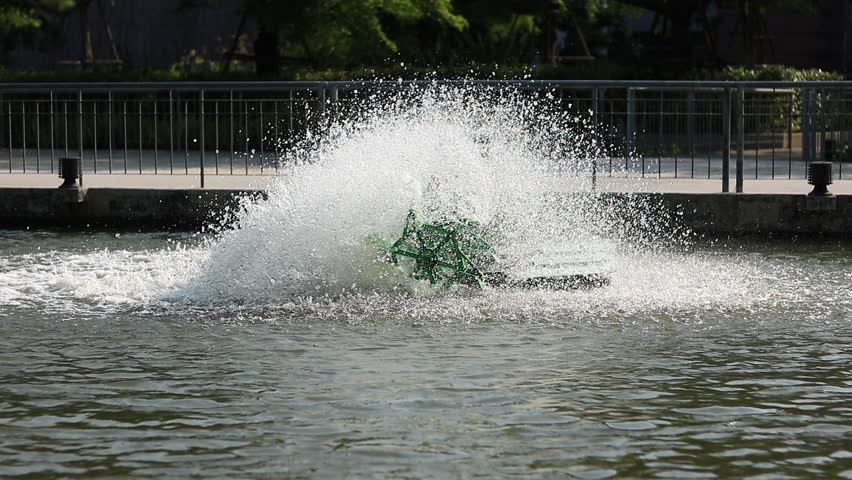

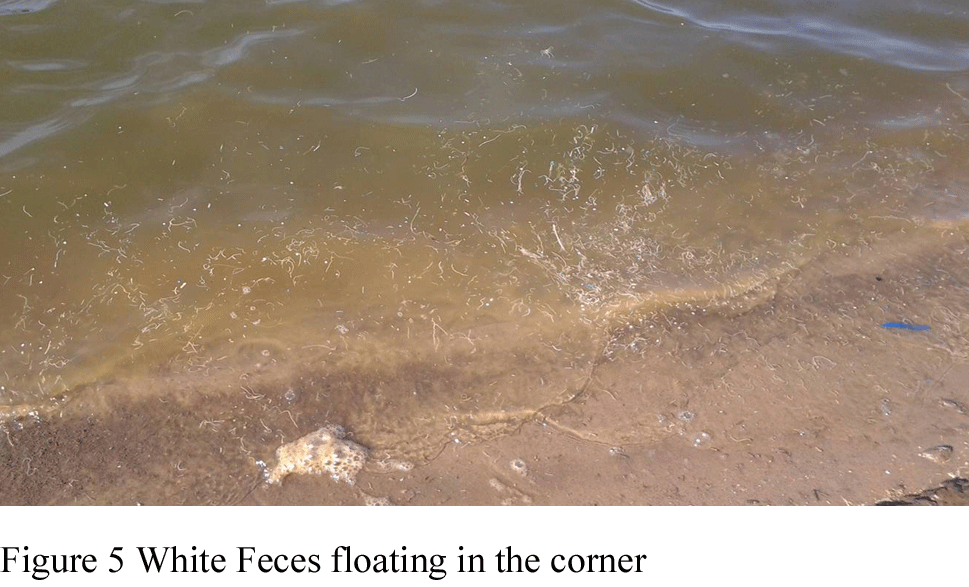
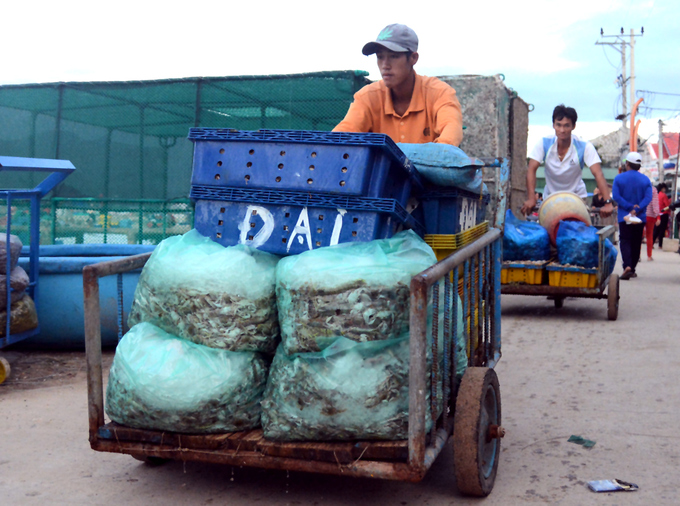

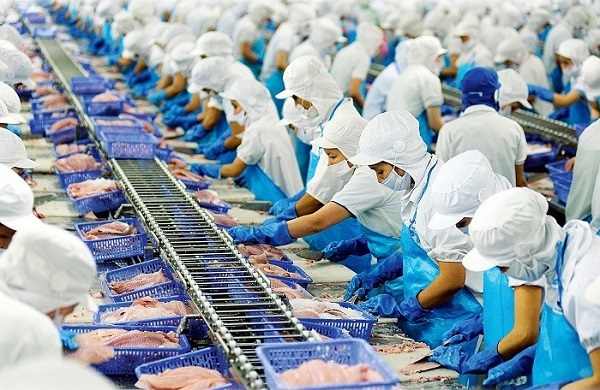

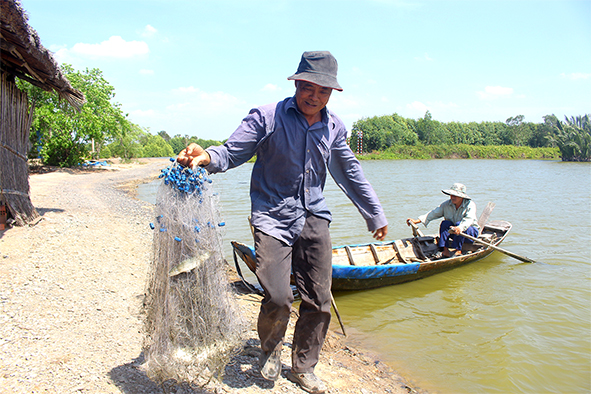
Bình luận bài viết